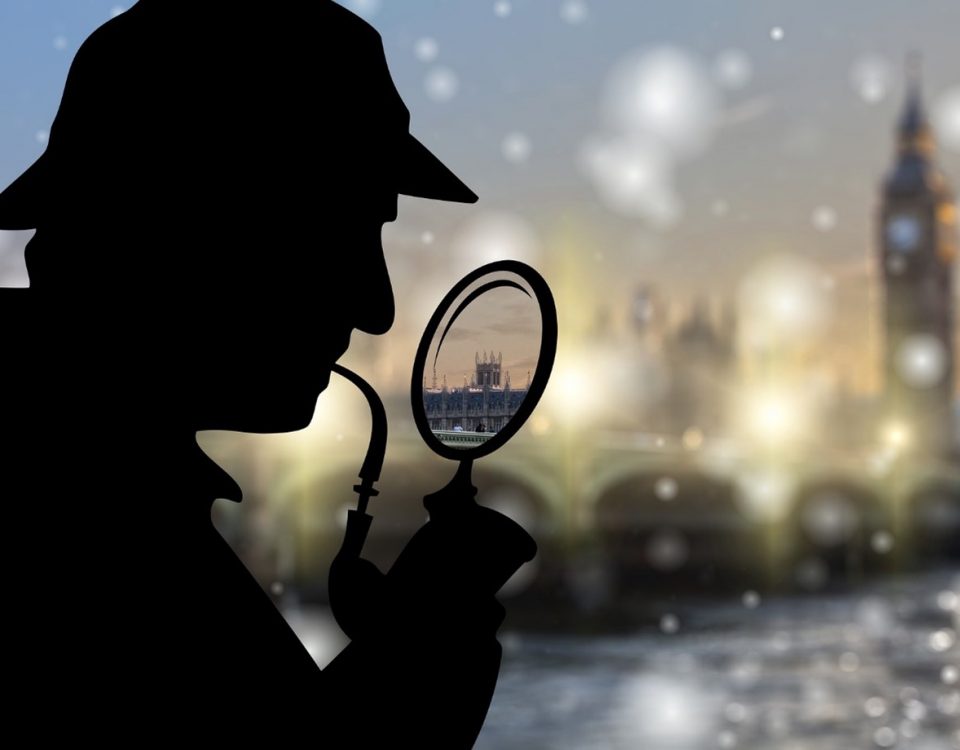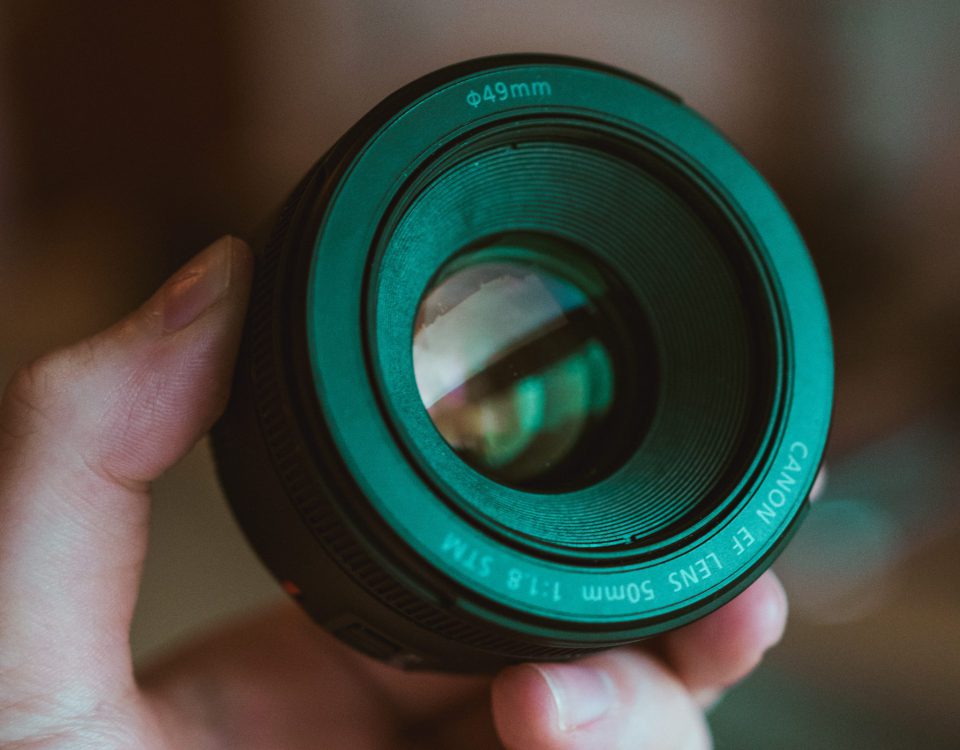Types of Surveillance Used by Private Investigators
Surveillance is the most famed component of private investigation. It is the covert observation of a person, place, or thing, intending to gather critical information. Private investigators work on all kinds of different cases. From missing persons to theft, corporate fraud, and insurance fraud, close and detailed observation is crucial for private investigation in south Florida.
In virtually every case, technology can enhance a PI’s ability to gather and document intel that tells the story of a crime or transgression. Sometimes surveillance can even prevent a crime. The technology available now can be likened to a James Bond flick. Advanced technology such as micro-bugs, pinhole cameras, stealth drones aid PIs in carrying out high-level surveillance operations.
What are the Types of Surveillance?
Surveillance can prevent a crime, obtain evidence of a crime, or document an individual’s location. Sometimes it can contribute to attaining evidence of wrongful acts in a civil suit or to gathering intelligence for future action. Although the same techniques apply to a range of common PI cases, technologies vary. Consequently, the implementation of each technique is unique based on the circumstances.
Digital Surveillance
In the digital age, a good PI can leverage digital media to make their surveillance more thorough. Through social media and its GPS-based tagging, people often hand over evidence to PIs without even knowing it. Social media is a useful preliminary tool to study the subject’s habits and their social circle. A few hours surfing social media accounts can produce enough intel to get a case off the ground.
Visual Surveillance
Visual observation is perhaps the most depicted component of private investigation. The convenience of digital formats is getting evidence in the hands of the client quickly. Eyewitness evidence does not provide physical evidence, but a clear picture will almost always stand up as evidence in court. A PI, therefore, uses smartphones and video cameras with zoom lenses to collect evidence on subjects.
However, in public spaces, it is entirely possible to be compromised. So a good PI can make use of micro-cameras and get them disguised as buttons or tiny flexible fiber optic stalks. He or she can then blend into the environment.
Audio Surveillance
Audio monitoring is another crucial aspect of a surveillance investigation. There is no better evidence than a subject’s self-incrimination on record. Modern technology means a PI can easily conceal audio recording devices such as wireless body microphones. Florida law makes an exception for in-person communications when the parties are engaged in conversation in a public place. However, in some states, all parties recorded must be informed and grant consent.
Physical Surveillance
Physical tracking of subjects is commonly used by private investigators to stake out and keep an eye on defaulters. For high-level recognizance operations, a small, nondescript car with some tinting on the windows will do the trick. It is easier to use a GPS tracker to follow a subject with a small magnetic tracker. However, GPS tracking is also frequently disallowed because of consent issues.
Each of the four components of observing a suspect plays a critical role in working through an investigation. A good PI will carry each of these without engaging in anything illegal. Impersonating law enforcement, making an arrest, wiretapping conversations, and trespassing are all punishable offenses. Combining these techniques with legal practices helps investigators hone their skills and become more effective in the field.




